The California Cookbook
$39.95
Look inside The California Cookbook for these and other tantalizing recipes:
- Pacific Rim Rumaki
- Florentine Spinach Tart
- Red Snapper in Orange Citrus Sauce
- Russian Hill Beef Stroganoff
- Cucumber-Mint Salsa
- Fresno Apricot Bars
 Hardcover 266 pages
Hardcover 266 pages
I got to know Betty Evans in the late 1960s, at a time I was struggling around with writ ing books and magazine articles about the sea in collaboration with her son Bob, a bril liant underwater photographer. Bob was liv ing then near the Santa Barbara waterfront in a big old building that once served as a ward for shell shock victims. In the rough and-tumble back yard, Bob and I often sat on an old wooden bench behind a glassblower's oven, contemplating a giant clump of bam- boo while encouraging each other in the very rough individual careers we had chosen to pursue.
Into this backyard arena, Betty and Gordon Evans often came with wonderful, lavish lunches and dinners that Betty had assem bled in the unique and celebratory style she is now famous for. She'd come with delicious chicken and casseroles, with salads and Mexican rice and enchiladas, with lasagnas and spinach pies, beef briskets and fabulous legs of lamb. And always with bottles of deli cious wine with which we'd toast each other and life and health and art. We always felt (and still feel) wonderful after one of Betty's meals, not only because of the great food, but because of the spirit that went into the making and sharing of it.
That is the best thing about Betty's cook ing—the infusion of joy and spirit into the recipes. For her, fabulous cooking is not this business of trying to impress people with a lot of fancy, complicated cuisine, it is based on sharing with others a joy of life through the medium of interesting, good food that has been assembled with love and care. In this sense, Betty Evans is a Southern California version of M.F.K. Fisher, who some time ago advanced the idea that cook ing is mainly a backdrop against which friends and family can sit down together and celebrate each other.
I have loved Betty Evans' cookbooks for a long time because her recipes are not only wonderful, they are trouble free and they are full of just this sort of adventure. Each little story accompanying her recipes is a gem that imparts her unique way of looking at life, as well as her impressions of the places around the world she has explored for fun and culinary offerings. Her colorful recollec tions are fascinating reading, and make her cookbooks far more than mere lists of ingre dients and directions. How exciting for us that the focus of this book is California with its rich coastline and offerings of seafood, its colorful wine country and inland fields of vegetables, the ethnic hearts of cities that have yielded Chinese, Italian, Mexican, Indian, and Szechwan culinary treasures. To this list, Betty has added some old family favorites that have been lovingly shared for years in the good old California backyard picnic style, and these recipes should provide some particularly good blue prints for happy gatherings.
I salute Betty for this, her latest book, and am honored to provide a few words that I hope convey the joy she has added to my life for years.
- Hillary Hauser
Summerland, California
In the beginning, Indians lived comfort ably on this long strip of land bordered by the sea. Coastal Chumash ladies knew how to roast mussels and abalone over a beach wood fire. Their inland sisters made acorn concoctions and nibbled chia seeds for energy. Fables about this country drifted across to Europe. The Spanish writer Garcia Ordenez de Montalvo wrote a novel about the statuesque Queen Calafia, who rode on a gryphon and was attended by women warriors. She lived on an island overflowing with gold. The tale aroused European curiosity about this region: "West of the Indies, but to the East of Eden, lies California." This was the origin of the state's name.
The explorers Cabrillo, Sir Francis Drake, and Vizcaino sailed to the coast and found that although there was not a queen on a gryphon, California was a sunny and allur i ng paradise. Soon they were followed by the Spanish, who came to build missions and protected them with garrisons of soldiers. When the soldiers retired, they were given large grants of land. On these ranches, the pace was leisurely and the California tradi tion of fiestas and hospitality was estab lished. Mexico won the region from Spain and life continued in much the same way.
The United States were next to possess this coveted land. During all this government shuffling, the rapidly increasing population in the state managed to eat very well. The land was fertile and bountiful. A mild climate encouraged outdoor dining and a relaxing existence.
With the gold rush in 1849, people came from all corners of the world to the state. Cities became established and were filled with restaurants of every style. Into California came the French, Italian, Japanese, Chinese, Spanish, South American, Philippine, Greek, and Russian cuisines. It was the onset of the unique California style of blending and mixing diverse cooking styles.
It is difficult to say who led the blossoming of California cuisine. Perhaps it was the late M. F. K. Fisher, who wrote How to Cook a Wolf during the second World War. Her sim ple, honest and amusing recipes are the basics of the spirit of California cooking. Mary Frances was my friend, as she was to many. I have special memories of visiting her cozy Glen Ellen home on a very stormy day. She kept the fireplace filled with madrona and oak collected from the ranch where she lived. After lunch, we sat in her front room watching dark clouds scurry across the mountains of the Jack London Ranch as we talked about cooking and life experiences. Her views on food were strictly no-nonsense. She had no patience with trendy chefs who mixed unsuitable foods, or food writers who used a lot of silly surplus adjectives. We found we were both especially amused by wine writers' usage of curious words to describe a simple red or white wine. In her last bedridden days, I came across some very whimsical descriptions of red wine characteristics and read them to her. She could not speak due to the progres sion of her illness, but her wonderfully expressive eyes broke into a smile. Mary Frances Kennedy Fisher leaves a remem brance of many good things, not least the heritage of unsurpassed food writing. She was the first to encourage California winer ies to produce good affordable jug wines. She gave her friendship to many with unpre tentious caring, and certainly was a rare state treasure.
Julia Child has had a big influence for California cooking. Julia was born in Pasadena, and will be the first to tell you that when she married, her cooking skills were minimal. A few lessons at some long gone Los Angeles cooking school taught her how to make pancakes and some other elementary dishes.
In the first years of her marriage, she moved to Paris with her husband, Paul. With her abundant energy and open California mind, Julia was ready to appreciate and absorb all that French cooking had to offer. She sensed that the American public would love French cooking if only it were presented in the right way. In her entertaining way she was able to introduce French cooking to America, and show us all how we could become creative in our own kitchens. A warm and generous lady, Julia is always ready to donate her tal ents to charities and needy causes.
On a quiet street in Berkeley, in the early 1970s, Alice Waters opened Chez Panisse. Alice had been a student of French cultural history and spent a year of study in France. This experience opened up a world of real food to her. She was inspired by the careful selection of ingredients, the anticipation of dining, and the enjoyment of meals con sumed in a leisurely manner with lively con versation. This was what she envisioned for Chez Panisse.
I had the pleasure of meeting Alice Waters and was able to ask about her evolution as one of the world's celebrated cooks and a pioneer of California cooking. She explained that her father had had a victory garden (vic tory gardens were home gardens to help the war effort by feeding civilians) at their home in New Jersey. It was her delight to pick fresh vegetables with her father. Her parents made applesauce and strawberry jam. The cooking scents and the satisfaction of preparing food with your very own ingredi ents have always remained with her and served as a basic philosophy in her life.
Selecting the freshest and highest quality foods for Chez Panisse is Waters' pleasure and passion. Her interest extends to being supportive of farmers' markets up and down the state, and she is a fan of the gardens at the San Francisco jail. Among her favorite places to visit is the coast around Bolinas. It might seem obvious that salad is one of her preferred meals.
Wolfgang Puck was born in Austria and worked eight years in France before he came to Los Angeles to be a chef at Ma Maison. His duck salad brought him a reputation for inventive cooking. With fame came a desire for his own restaurant, so he opened Spago. It was to be a simple neighborhood place where people would drop in for a pizza and uncomplicated foods. The Hollywood crowd followed him to Spago, which remains a favorite place to dine and be seen. This could not have happened if it were not for the incredible, magically creative food. Wolf (as he is called by friends and nearly everyone else) is a friendly free spirit. Once, at Spago, he came to sit at our table and chat with our daughter Suzanne, who was working as a chef in Zurich. With a genuine open curiosi ty he asked all about the details of what she was cooking and about the kitchen. His employees adore him. Once I was in his Postrio restaurant in San Francisco enjoying a Hangtown breakfast when he arrived. Before he could get down the stairs cooks and waiters were running up to hug him. Wolf is a favorite with everyone.
Creating food is a passion with him. Wolf says it is like composing; first you visit the market (he likes to shop as much as he likes to cook), then you select the ingredients and finally you put them together. He says he can taste things in his head. Texture, color, and taste are his main concerns. Wolfgang Puck's restaurants are for him fantasy play grounds that he shares with Californians.
So what is California cuisine, but a glorious mixture of fresh and beautiful ingredients combined in creative ways!
Fiestas are part of the California heritage. During the days of the great Spanish ranch es, fiestas would be held to celebrate wed dings, births, roundups, harvests, or for just any excuse. The early Californians loved to party and dance. The mission cuisine brought the Mexican tradition of making tortillas. They were made with flour, as wheat was easily grown in the mission fields.
12 medium size flour or corn tortillas
2 whole cooked chicken breasts
1 8-oz. pkg. cream cheese (room temperature)
6 green onions, minced
salt and pepper to taste
1 4-oz. can diced green chiles
2 cups grated Jack cheese
1 cup sour cream
1 8-oz. can tomato sauce
1 tsp. chili powder
oil for frying, if corn tortillas are used
cilantro,
avocado slices for garnish (optional)
Barbecued meats were main dishes at fiestas, served with huge trays of enchiladas. The guests partied and feasted far into the night. Celebrations lasted several days and guests always were given overnight accommoda tions. This modern recipe has its beginnings in the rancho heritage.
Bone, skin, and then shred chicken breasts in long pieces. Cream the cheese with a wooden spoon until smooth. Mix in the chicken, green onions, salt and pepper, and one half of the diced chiles. Now mix in one cup of the Jack cheese. This is the filling, and it can be prepared ahead.
If flour tortillas are used, simply heat until limp on a frying pan or griddle. If you use corn tortillas, heat a little oil in a frying pan and fry each tortilla until limp, adding oil as needed. Drain on paper towels.
1 lb top sirloin steak
1/4 cup soy sauce
2 T. brown sugar
1 clove of garlic, finely minced
1 tsp. freshly grated ginger
1 T. sesame or peanut oil
1 cup fresh pineapple, cut in cubes, or one 8-1/4 oz. can, drained
Skewer cooking has always been the rage in this multicultural state, from the first Indian inhabitants along the coast who impaled bits of fish over a campfire, to sophisticated city diners who appreciate the wonderful flavor melange that is possible with skewer cook ing. Skewer combinations can be complex, but one of the best is this simple blend of juicy pineapple with steak cubes. This recipe may be enlarged for a party and cooked on an outside barbecue.
Thread meat on skewers, alternating with pineapple cubes. If you use bamboo skewers, soak them in cold water for at least 20 min utes before using. Broil or barbecue until meat is cooked to desired doneness. Baste with reserved marinade while cooking. These are delicious on a bed of hot rice, and this recipe will serve 2.
Cut the beef in bite-sized cubes (about 3/4" x 3/4"). Mix the remaining ingredients, except pineapple. Marinate the beef overnight, or for at least an hour. Remove from marinade. Reserve marinade.
6 whole green chilies, fresh or canned
3 eggs, separated
salt and pepper to taste
1/2 lb Jack or cheddar cheese
1/4 cup vegetable oil or lard
I am addicted to chili rellenos. Whenever I am on a vacation, after about a week I begin dreaming of chili rellenos. The zesty green chiles filled with melted cheese deliver. After some experimenting I developed this delight with every bite. Once I was confined method which is easy and produces a beauti to the Jules Stein Hospital at UCLA, due to ful golden brown relleno. an eye operation. The food was dreadful and although my eye was recovering well, I If you are using fresh chilies: Remove the thought I might end up with malnutrition. I skins by placing the chilies under the broiler complained to my friends, and one day at and turning until they are brown on all lunch they popped into my room with a sides. Carefully slip them into a plastic bag take-out foil pan filled with chili rellenos while they are still warm. Immediately cover from my favorite Mexican restaurant. I was the bag with a damp dishtowel, and leave it saved, and immediately felt marvelous. for 15 minutes. This will make the skins easy Green chilies are, after all, full of Vitamin C to remove. Cut a slit down the side of each and other healthy things.
The first thing I do when I return home from any vacation is to make a chili relleno Take a long slice of cheese, the size of the dinner. At first I had problems getting the chile, and place inside the chili. batter to stick to the chilies. Most recipes tell you to dip the chilies in the batter, but on the way to the frying pan it all runs off the slippery chiles and makes a big mess. After some experimenting I developed this method which is easy and produces a beautiful golden brown relleno.
If you are using fresh chiles: Remove the skins by placing the chilies under the broiler and turning until they are brown on all sides. Carefully slip them into a plastic bag while they are still warm. Immediately cover the bag with a damp distowel, and leave it for 15 minutes. This will make the skins easy to remove. Cut a slit down the side of each chili and carefully remove the seeds. Leave the stem on.
Take a long slice of cheese, the size of the chile, and place inside the chili.
Beat the egg whites until stiff. Lightly beat on the way to the frying pan it all runs off the yolks and fold into the whites. Season with salt and pepper.
In a large frying pan (nonstick works well), heat the lard or oil. With a large spoon, place a long dollop of egg batter, the size of the chili, in the hot oil or lard. Now gently place the chili on this "bed" of batter, and dribble some more batter on the top. Flip over to cook golden brown on both sides. Do not crowd in the pan. Serve at once with sour cream and salsa. This will serve 2 as a main dish with some rice and beans.
 Hardcover 266 pages
Hardcover 266 pages
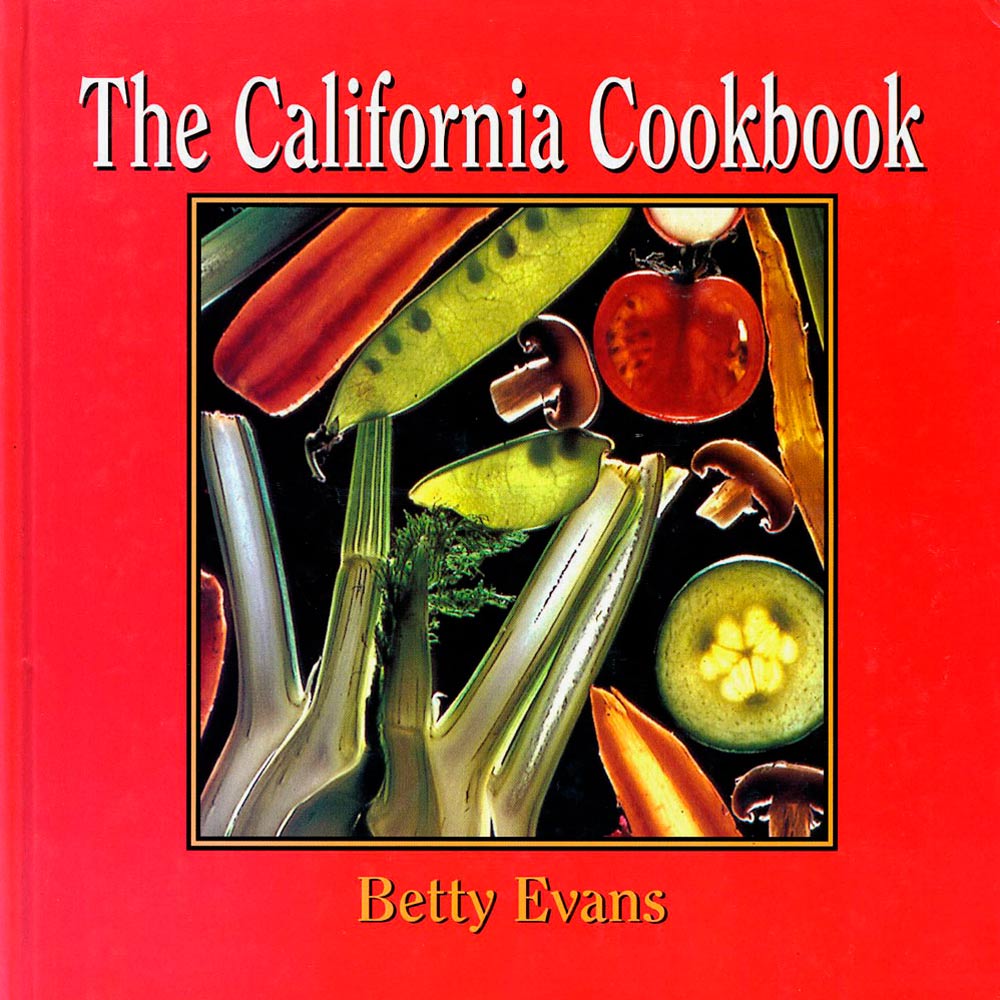
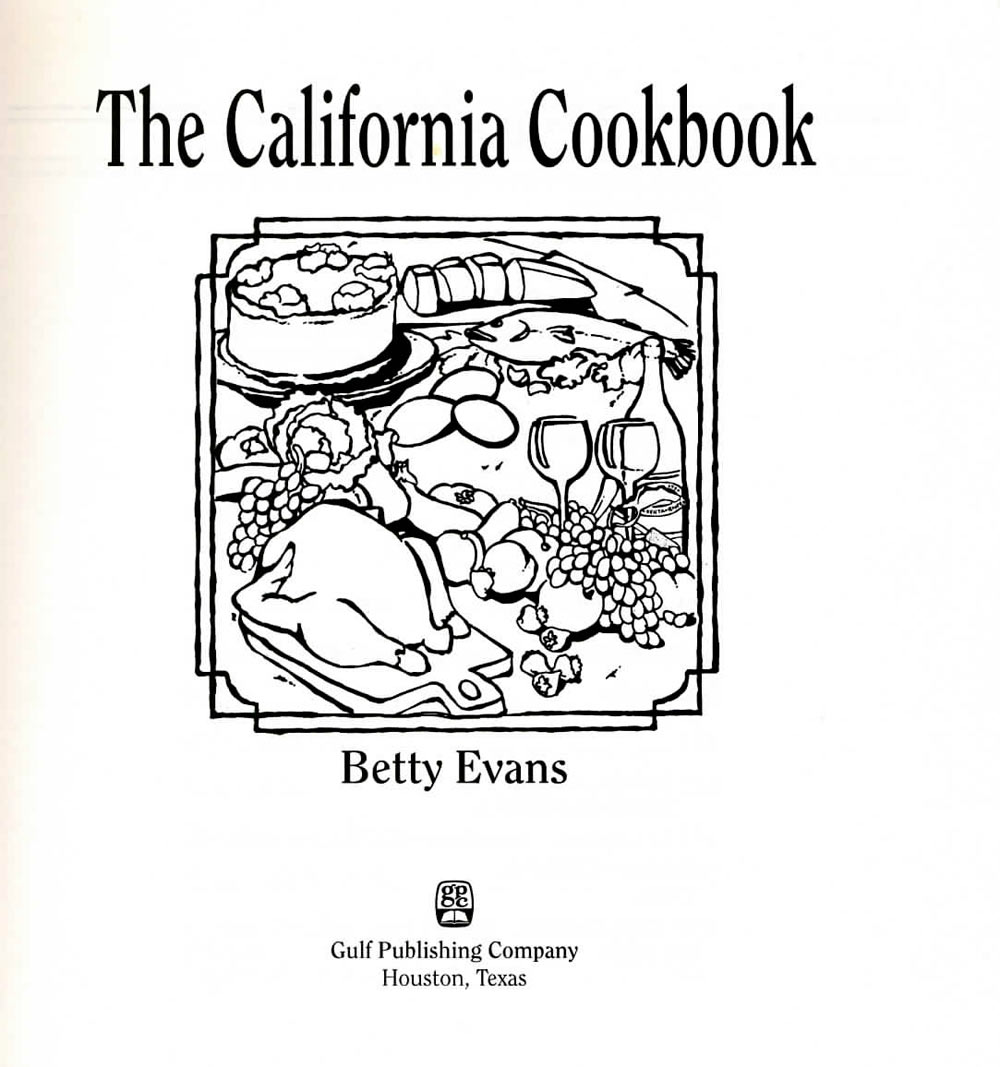
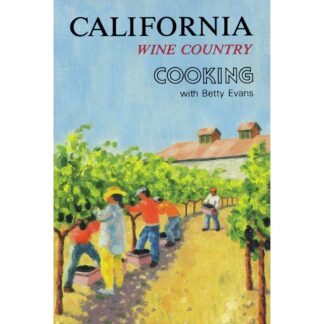
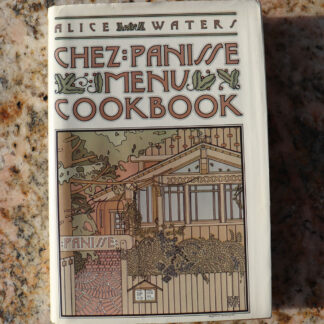
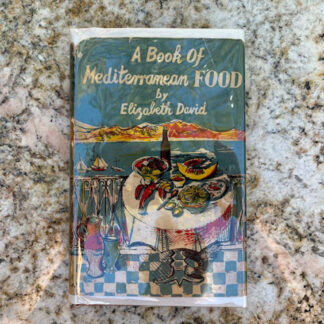
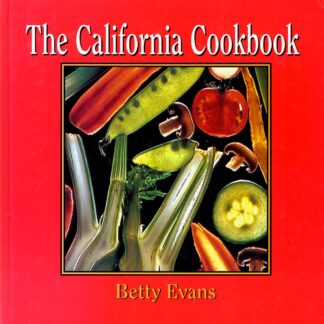
Reviews
There are no reviews yet.